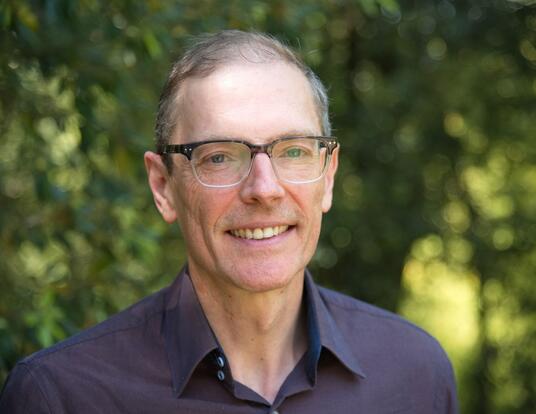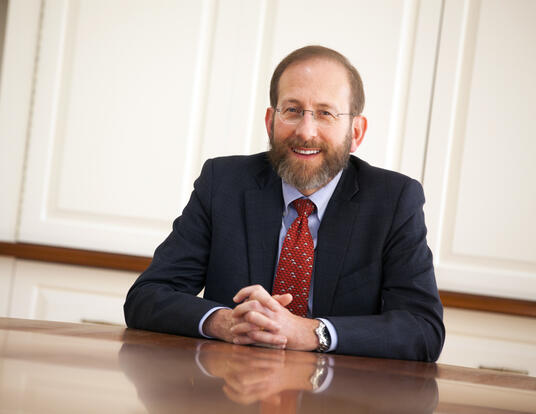Catherine Cesarsky: 2023 Centennial Medal Citation
With a career spanning three continents, the far reaches of the universe, and 10 billion years of cosmic time, Catherine Cesarsky is a scientist of rare influence and scope. Her trailblazing achievements in astronomy are matched only by her leadership in some of the highest-ranking scientific positions in Europe.
Born in France, Cesarsky earned her undergraduate degree in physics at the University of Buenos Aires and her PhD in astronomy at Harvard in 1971. After a postdoctoral fellowship at Caltech, she returned to Europe in 1974 to launch an illustrious career in the French Alternative Energies and Atomic Energy Commission, or CEA, which ranks as the world’s top publicly funded research institution advancing global innovation in science and technology. Cesarsky led the CEA Astrophysics Service and later the Physical Sciences Division, overseeing a staff of 3,000 pursuing research in physics, chemistry, astrophysics, and earth sciences. She went on to become High Commissioner for Atomic Energy from 2009 to 2012, advising the French president and government on issues in science and energy. In 2021, the semicentennial of her PhD, CEA celebrated 50 years of Catherine Cesarsky astronomy with a conference on topics where her scholarship and leadership have had a decisive impact.
Cesarsky’s early research involved theoretical studies in astronomy, advancing our understanding of high energy astrophysics, cosmic rays, and the interstellar medium; she then shifted her focus to observation and instrumentation. In the 1980s, she was the principal investigator working on ISOCAM, a groundbreaking, high-resolution infrared camera for the Infrared Space Observatory, or ISO, a space telescope launched by the European Space Agency in 1995. This mission was the first to gather a significant amount of data in the infrared spectrum, which is essential for observations of cooler objects, like stars in formation, and for our view of very distant objects from very long ago—10 billion years in the past, a time in the early universe when new galaxies and stars were forming at a much higher rate.
“As you look far out, you automatically look back in time,” explains Nobel Prize-winning astrophysicist Reinhard Genzel, director of the Max Planck Institute for Extraterrestrial Physics in Germany, a former postdoctoral fellow at Harvard who was a co-investigator on the ISO mission. In the 1980s, when ISO’s instruments were being developed, suitably powerful and sensitive infrared sensors were not available outside of the military—but Cesarsky was able to leverage her connections and experience to bring the necessary technology into the field of astronomy. “She was very far-sighted on this,” Genzel says. “It was a wonderful achievement for Europe.”
Shortly after that mission, Cesarsky became director general of one of the world’s leading observatories: the European Southern Observatory, or ESO, an intergovernmental organization of 16 member states across Europe. Early in her tenure as director general, ESO’s Very Large Telescope in Chile became fully operational; soon after, it was used to capture the world’s first direct image of an exoplanet and to unlock new knowledge about the supermassive black hole at the center of our galaxy. “For large international structures, big telescopes, very complicated instrumentation, ESO became ascendant,” says Charles Alcock, Donald H. Menzel Professor of Astrophysics. “And Catherine was the director general when that trajectory really started to become apparent.”
Cesarsky has served as president of the International Astronomical Union, a professional organization of nearly 13,000 astronomers from 93 countries, as editor-in-chief of the journal Astronomy and Astrophysics, and as vice president of the CERN Council. She is currently council chair for the Square Kilometer Array Observatory, an international effort to build the world’s largest radio telescope across South Africa and Western Australia. In 2020, Cesarsky received the Tate Award for International Leadership in Physics for bringing to fruition some of the world’s most important international observatories.
Her achievements serve as a beacon to astronomers now following in her footsteps. “Catherine Cesarsky is a true inspiration by virtue of her scientific research on the frontiers of cosmic rays, the interstellar medium, and infrared astronomy, as well her major leadership positions,” says Avi Loeb, Frank B. Baird Jr. Professor of Science. “Her rare qualities of integrity and rigor provide a fantastic role model to young scholars worldwide.”
Catherine Cesarsky, for your influential research in infrared and high energy astronomy, and for your sage leadership of some of the world’s largest and most prominent organizations in astronomy and the physical sciences, we are proud to award you the 2023 Centennial Medal.
Get the Latest Updates
Join Our Newsletter
Subscribe to Colloquy Podcast
Simplecast





